Have you ever wondered what creatures roamed the territory we now call Portugal millions of years ago? ‘Cause we certainly have! And today, we’ll share our discoveries with you!
Luckily, Portugal is quite rich in fossils, so there are many animals we’ve got to talk about – dinosaurs, pterosaurs, crocodiles, and more! Their period ranges from the Middle Jurassic to the Early Eocene.
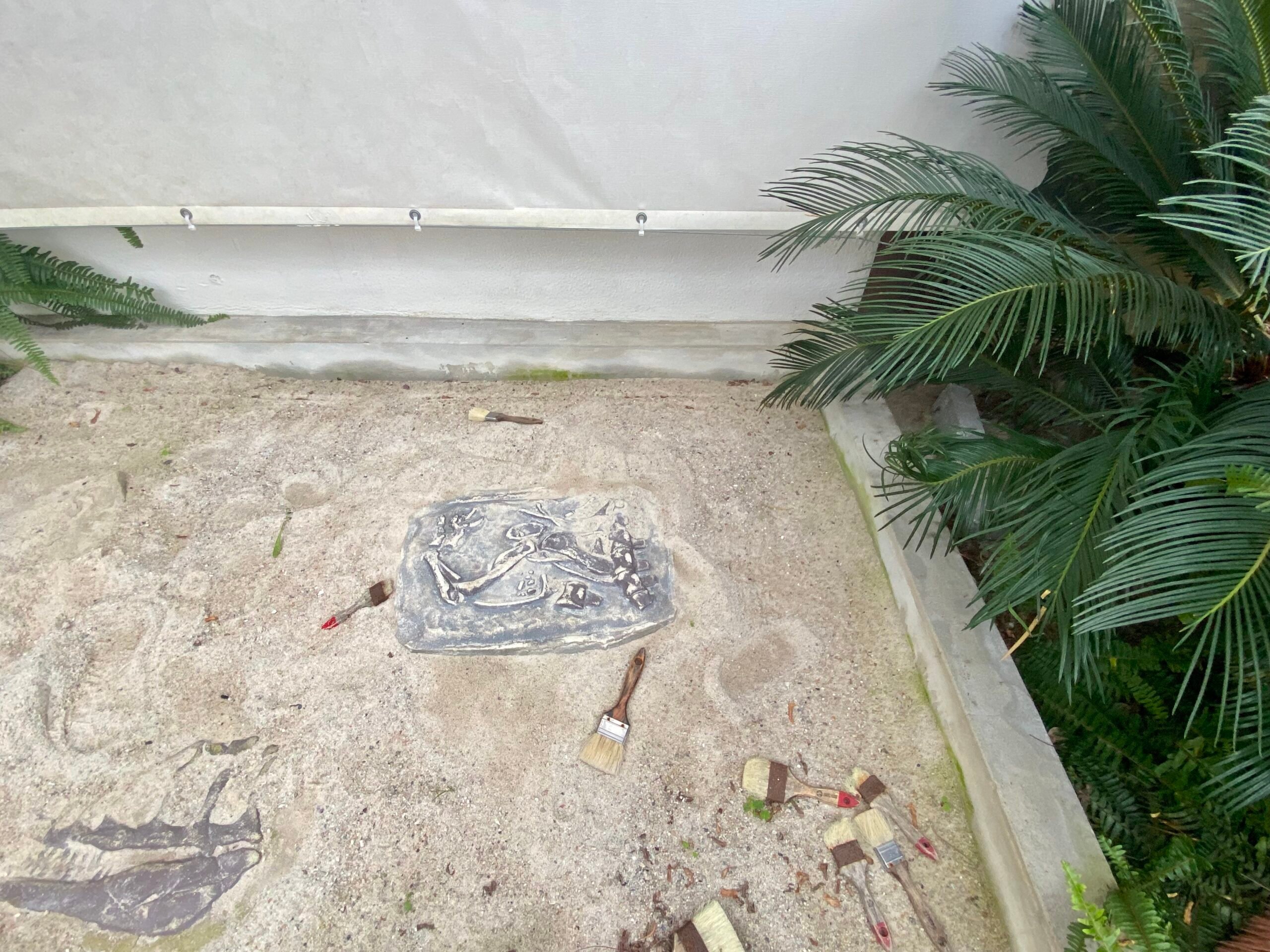
We’ll first share some facts about what Portugal was like some 160 millions years ago. Then, we’ll move to awe-striking facts about prehistoric creatures that have been discovered in the country.
What Was Portugal Like Millions of Years Ago?
During the Middle Jurassic, the territory we now call Portugal was part of the Pangea supercontinent. At that time, however, Pangea started breaking into Laurasia and Gondwana, with Portugal and the rest of Europe remaining in Laurasia.
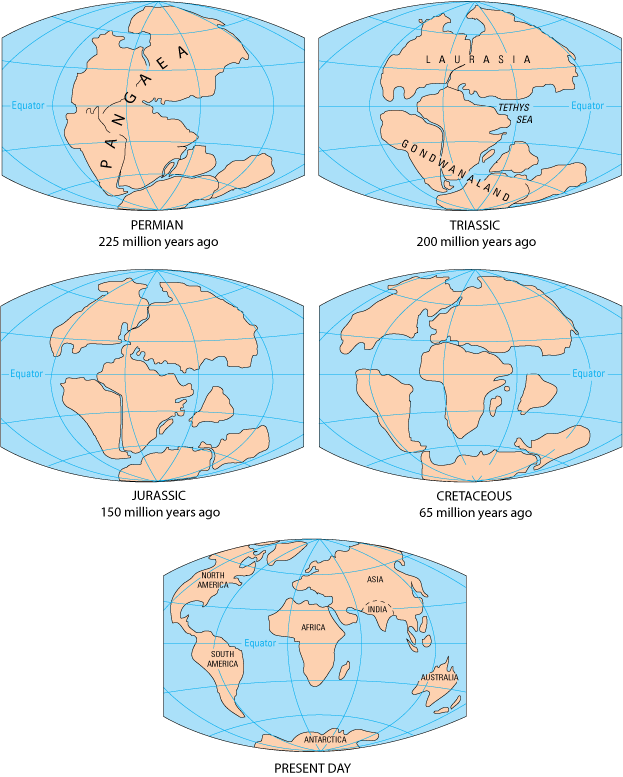
Back then, Europe was an archipelago of islands surrounded by shallow seas, salty lagoons, and freshwater lakes. The climate was warm and humid throughout Europe but definitely hotter than today.
At the end of the Jurassic, sea levels lowered not only in Europe but around the whole world, and the global temperatures dropped. Dry territories were covered in conifers, ginkgoes, cycads, and ferns.
By the Early Cretaceous, Pangea split into the present-day continents, although they were positioned differently back then. Europe was still an island chain.
By the Early Eocene, when many fossils were deposited, Portugal became an alluvial plain environment.
Portugal has four geological formations that revealed numerous fossils primarily belonging to dinosaurs but also crocodiles, mammals, and primates:
- The Lourinhã Formation in western Portugal. It is Late Jurassic in age (152.5 – 144.7 million years ago); it is very similar to the Morrison Formation in the United States, and these two even shared some dinosaurs, meaning that some species lived both in the U.S. and Portugal.
- The Alcobaça Formation in Leiria. It also dates from the Late Jurassic (156.9 – 152.5 million years ago). It is a rich source of mammal fossils.
- The Paco Seco Formation in Setubal. It dates from the Early Cretaceous (125 – 122 million years ago).
- The Silveirinha Formation in central-western Portugal. It dates from the Early Eocene (55.8 – 48.6 million years ago)
What Dinosaurs Lived in Portugal?
Who would’ve thought that Portugal was once the land of dinosaurs?! It turns out that the territory was actually home to many ferocious carnivorous theropods that may have even competed with each other for food! There was even a giant sauropod (which is actually an average-sized sauropod, so it’s not that big after all) roaming the humid lands of Portugal.
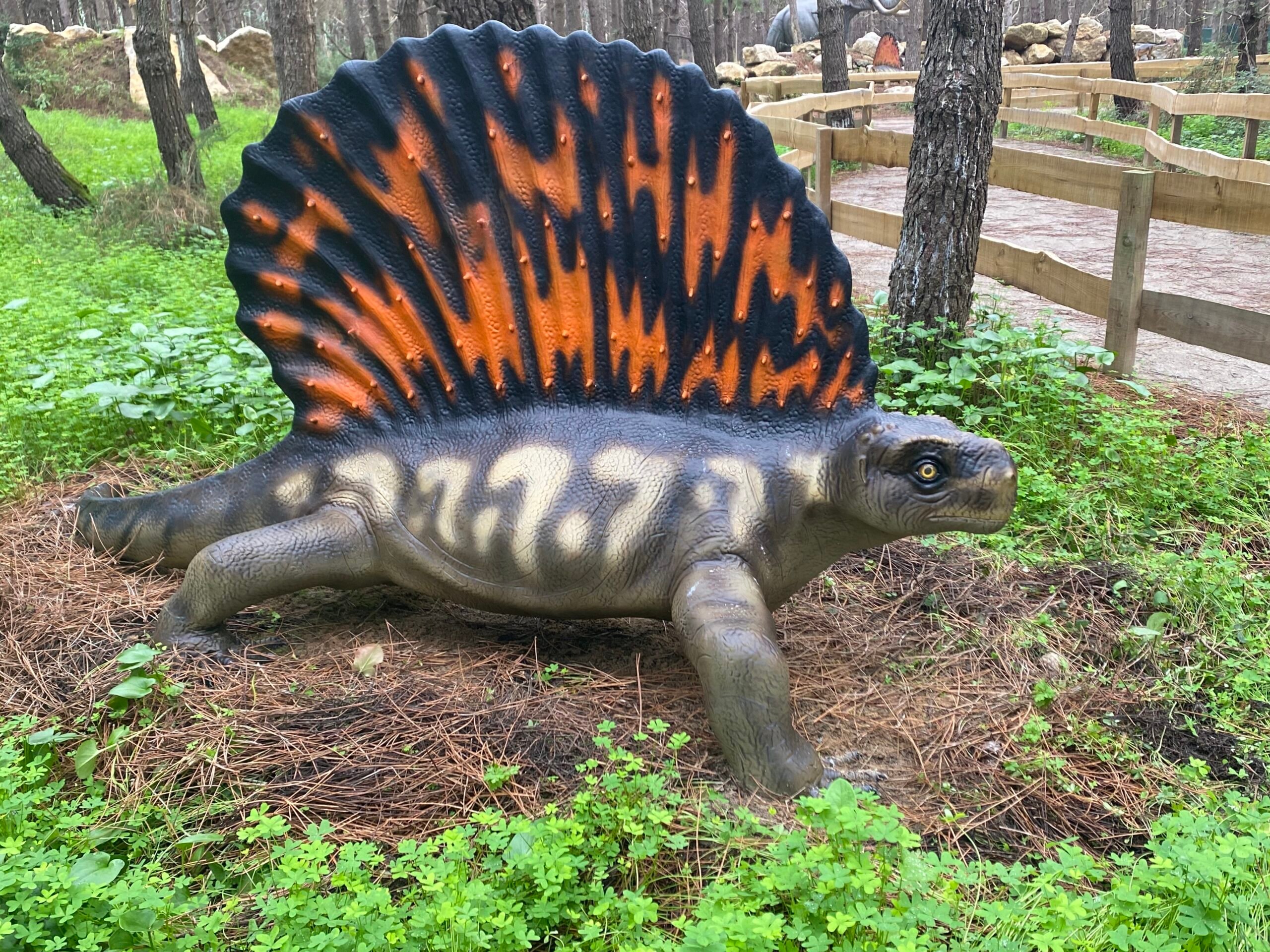
Keep reading to learn some incredible facts about 12 Portuguese dinosaurs!
1. Allosaurus
Classification: Carnivorous carnosaurian theropod
Length: 8.5 – 9.7 meters (28 – 32 feet)
Weight: 1 metric ton (1.1 short tons)
Temporal range: Late Jurassic, cca. 155 – 145 million years ago
Allosaurus is among the most famous prehistoric creatures! It was a large bipedal theropod with short forelimbs, a massive skull, a short neck, and a long tail.
This dinosaur was a predator that hunted other large animals, including other dinosaurs. The specimens that lived in the territory we now call Portugal may have fed on herbivorous Stegosaurus individuals.
Nonetheless, Allosaurus likely preferred juvenile prey – although its skull was quite large, its bite force was small. This is probably the reason why it occasionally fed on carcasses. Even if it attacked live prey, it did so with its mouth open, slashing the flesh only without touching the bones.
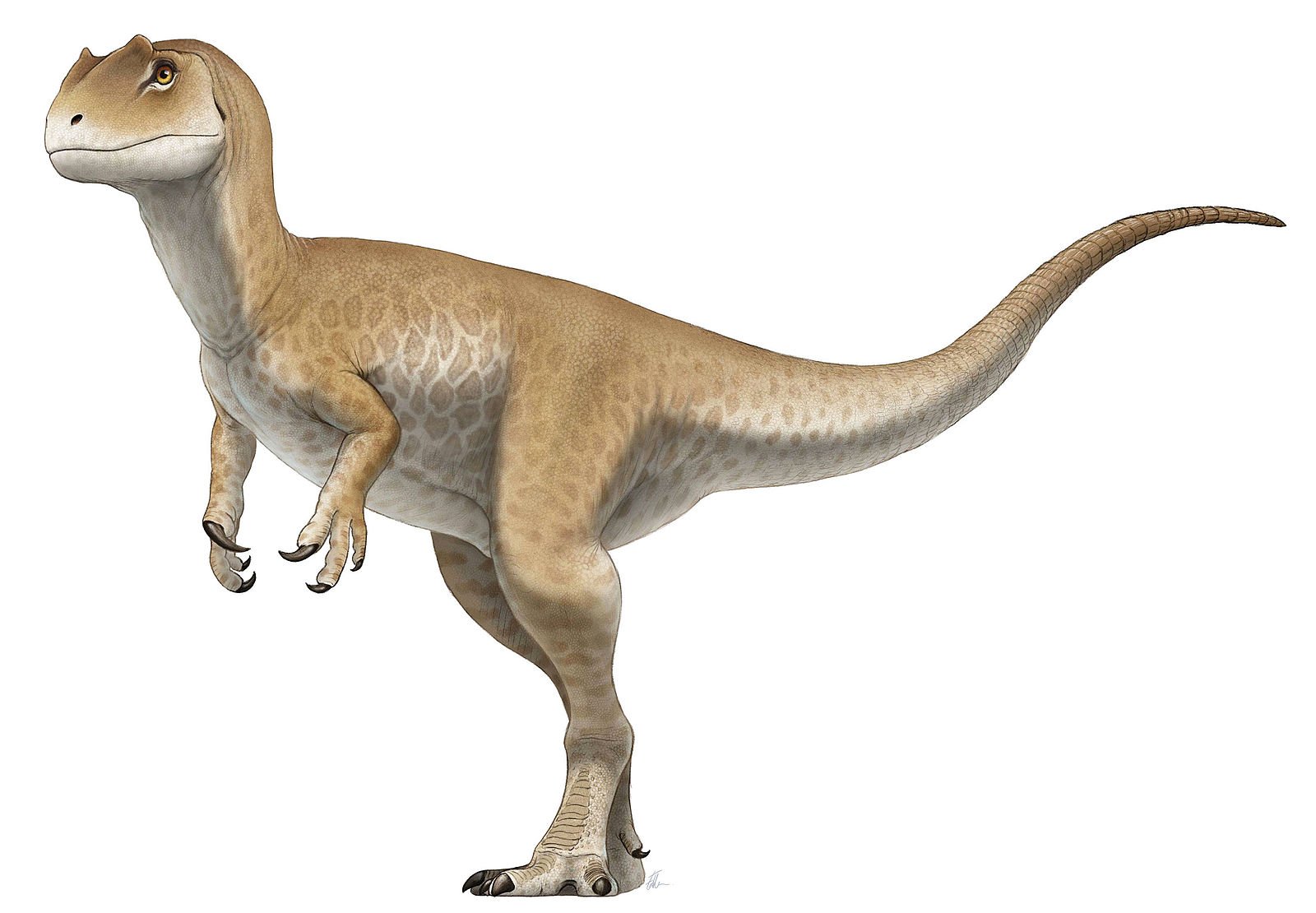
Allosaurs are known to have hunted in packs, so Allosaurus may have done the same.
The first Allosaurus fossils recovered from Portugal were reported in 1999 – the specimen included a partial skeleton that was later assigned to the Allosaurus fragilis species.
Other paleontological discoveries showed that in Late Jurassic Portugal, Allosaurus lived alongside other large theropods like Ceratosaurus and Torvosaurus. In short, Portugal had quite a rich dinosaur population!
Luckily, the territory allowed for different ecological niches, so these carnivores probably did not have to compete with each other.
Torvosaurus and Ceratosaurus likely preferred being closer to the water, while Allosaurus preferred dry floodplains. But who knows?! Maybe they did stumble upon one another once in a while!
2. Ceratosaurus
Classification: Carnivorous theropod
Length: 5.3 – 7 meters (17 – 23 feet)
Weight: 500 – 900 kilograms ( pounds)
Temporal range: Late Jurassic, cca. 153 – 148 million years ago
Since we’ve already mentioned Ceratosaurus, why not continue with it?! Ceratosaurus was slightly smaller than Allosaurus but a very good predator nonetheless!
Like other theropods, it had short forelimbs but highly powerful hindlimbs that allowed it to run fast and catch prey easily. Its skull was quite large, and its tail was very long, measuring almost half the dinosaur’s body length!
But let’s forget all these, ‘cause Ceratosaurus is actually famous for its nasal horn (hence its name, which translates as horned lizard). The ridge-like horn was on the snout midline. This dinosaur was also equipped with two horns over its eyes. In addition, it had a row of osteoderms (skin bones) running down the neck, back, and tail.
Unlike Allosaurus, Ceratosaurus had a longer snout, which paleontologists compare to those of dogs. They think that its snout form allowed for quick, slashing bites. Some sources mention that Ceratosaurus preferred aquatic prey – lungfish, turtles, and crocodiles.
The first Portuguese Ceratosaurus fossils were recovered from central-western Portugal, from the cliffs of Valmitão beach, between Lourinhã and Torres Vedras.

3. Lourinhanosaurus
Classification: Carnivorous theropod
Length: 4.5 meters (15 feet)
Weight: 160 kilograms (353 pounds)
Temporal range: Late Jurassic, cca. 150 million years ago
Lourinhanosaurus, also known as the Lourinhã lizard, was – surprise, surprise! – also a carnivorous theropod! (It’s a miracle they actually managed to coexist in the same habitats!)
Lourinhanosaurus was smaller than other theropods but still much larger than other prehistoric creatures.
It was first discovered near Lourinhã in 1982. However, it wasn’t until 1998 that the species Lourinhanosaurus antunesi was described and named. Its fossils are now at Museu da Lourinhã and make up a partial skeleton consisting of neck, hip, and tail vertebrae, as well as chevrons, femora, and other limb bones.
Recovered fossils also included 32 gastroliths (stomach stones) and 100 eggs. These have contributed significantly to paleontological research.
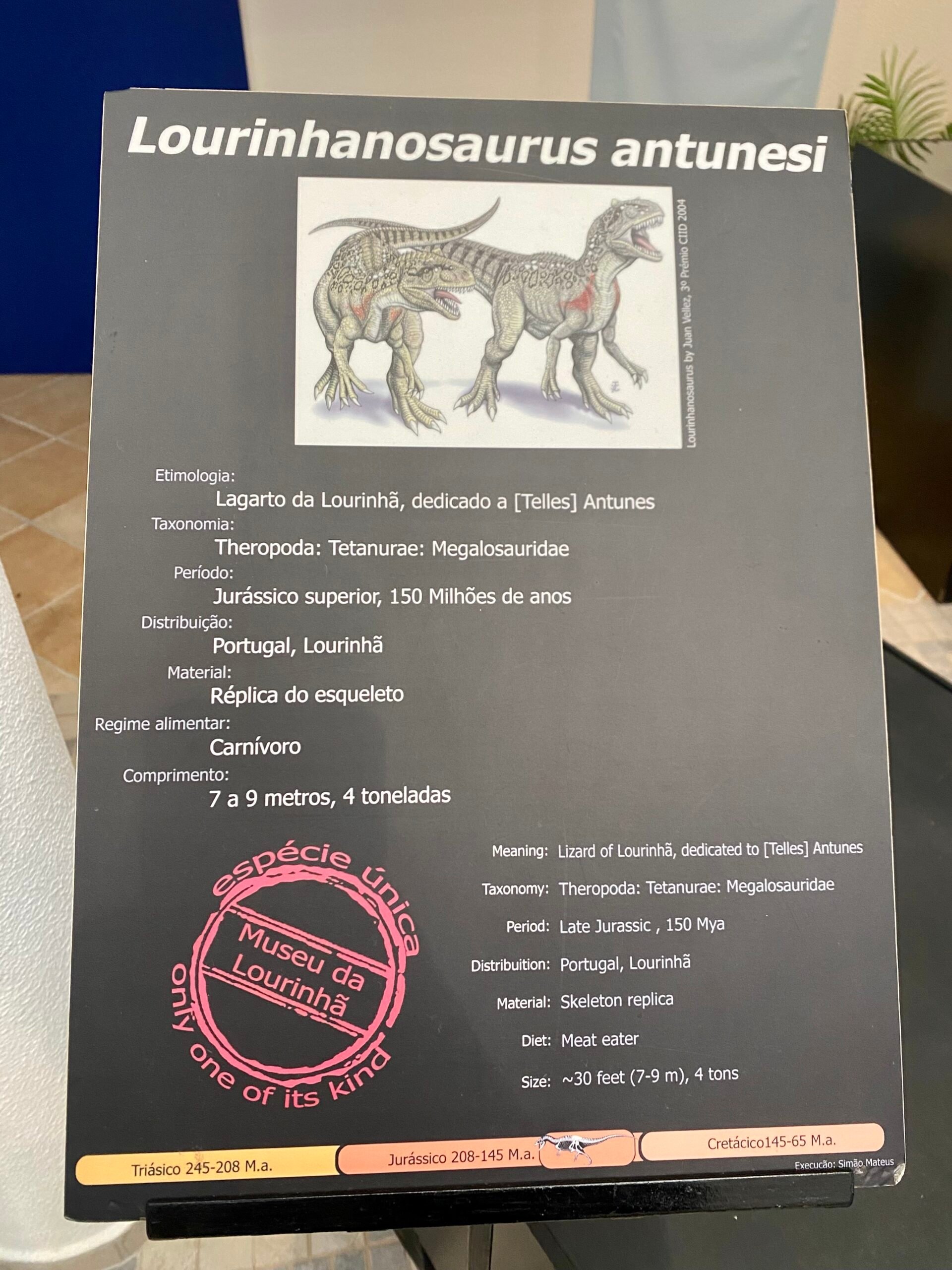
4. Megalosaurus
Classification: Carnivorous theropod
Length: 6 – 9 meters (20 – 30 feet)
Weight: 700 kilograms (1,543 pounds)
Temporal range: Middle Jurassic, cca. 166 million years ago
Did you know that Megalosaurus, the dinosaur that may have roamed Portugal 166 million years ago, is one of the most important dinosaurs ever discovered? It is among the three dinosaur genera that led to the creation of the whole Dinosauria group! In fact, when paleontologists first recovered Megalosaurus fossils, they thought it belonged to a fish or a kind of biblical giant. No one even knew dinosaurs actually existed before that!
Megalosaurus was also a theropod and, therefore, walked on its hindlimbs. It had a long tail, an unusually elongated head, blade-like teeth, and a short neck. But did this large apex predator actually live in Portugal? Scientists aren’t completely sure yet.
It has been confirmed that Megalosaurus was an inhabitant of England, which, in the Middle Jurassic, was part of the supercontinent known as Laurasia. Back then, Europe was literally an archipelago of islands surrounded by shallow seas, so Megalosaurus could likely move from one region to another quite easily.
In 1957, paleontologists recovered three Megalosaurus teeth from near Pombal, a municipality in the Leiria District. They were attributed to a new species – Megalosaurus pombali. Today, this species is considered a nomen dubium, which means that specialists aren’t sure if the teeth belonged indeed to a Megalosaurus.
As such, we can’t be 100% certain that Megalosaurus walked the territory we are now walking, but until proven otherwise, we can definitely imagine it stalking prey near Pombal!
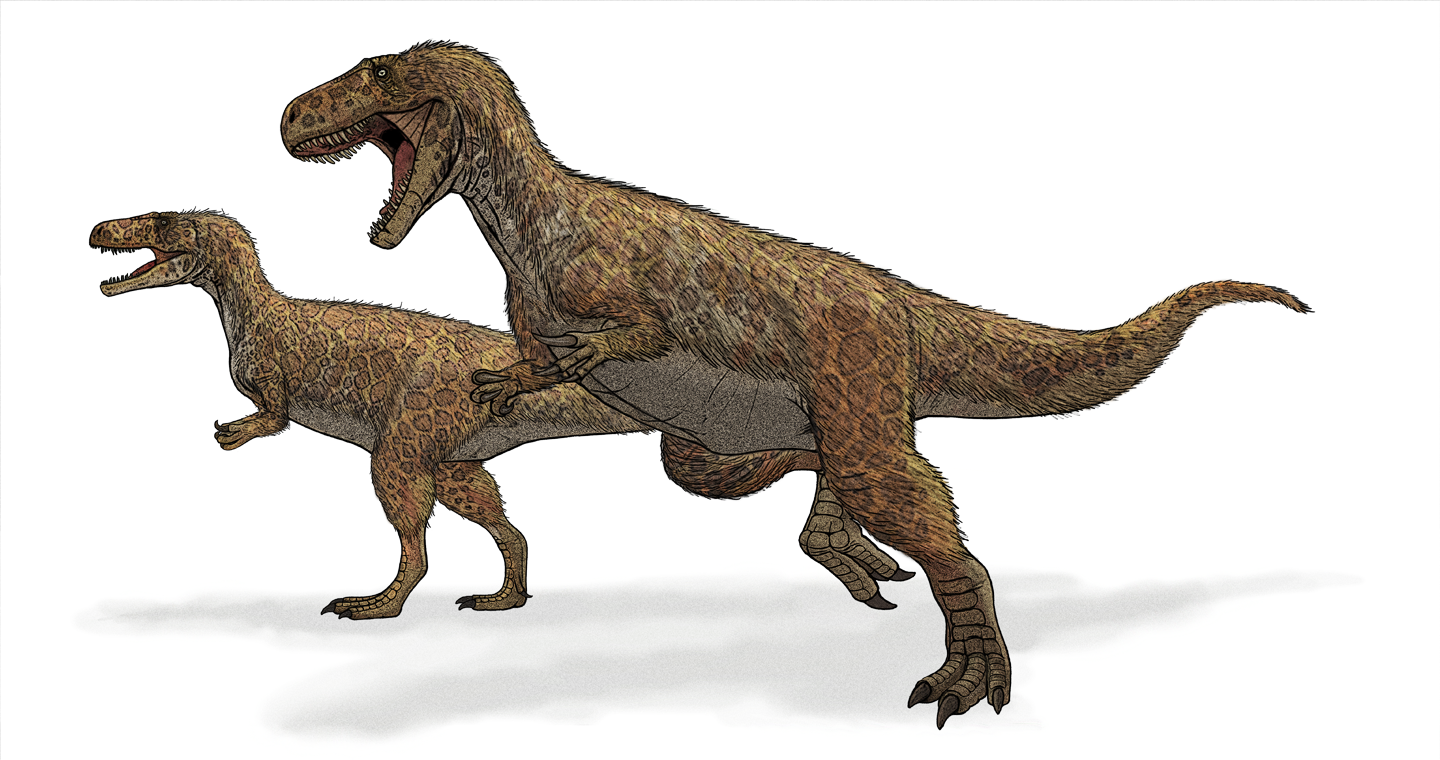
5. Torvosaurus
Classification: Megalosaurine theropod
Length: 10 – 11 meters (33 – 36 feet)
Weight: 2 – 5 metric tons (2.2 – 5.5 short tons)
Temporal range: Middle and Late Jurassic, cca. 165 – 148 million years ago
Torvosaurus was a large carnivorous theropod. In fact, it was among the largest carnivorous dinosaurs of the Middle and Late Jurassic! It had a typical theropod appearance – short forelimbs, a short neck, an elongated, narrow snout, and a long tail that served as a counterbalance.
Torvosaurus fossils recovered from Portugal are now of major paleontological importance. The discovery made in 2005 included eggs with and without embryos that carried significant information about this dinosaur’s life cycle and reproductive behavior.
These fossils supported the theory that theropods were oviparous, which means that they laid eggs and the embryos developed outside their mothers’ bodies. The embryos recovered from the Lourinhã Formation are actually the most primitive dinosaur embryos and the only basal theropod embryos ever discovered. They are now at the Museu da Lourinhã.
As mentioned, Torvosaurus likely coexisted with Stegosaurus, Allosaurus, Lourinhanosaurus, Camptosaurus, and other prehistoric creatures whose fossils were from the Lourinhã Formation. The carnivorous theropods seem to have had different ecological niches. Nonetheless, Torvosaurus was most likely the apex predator.
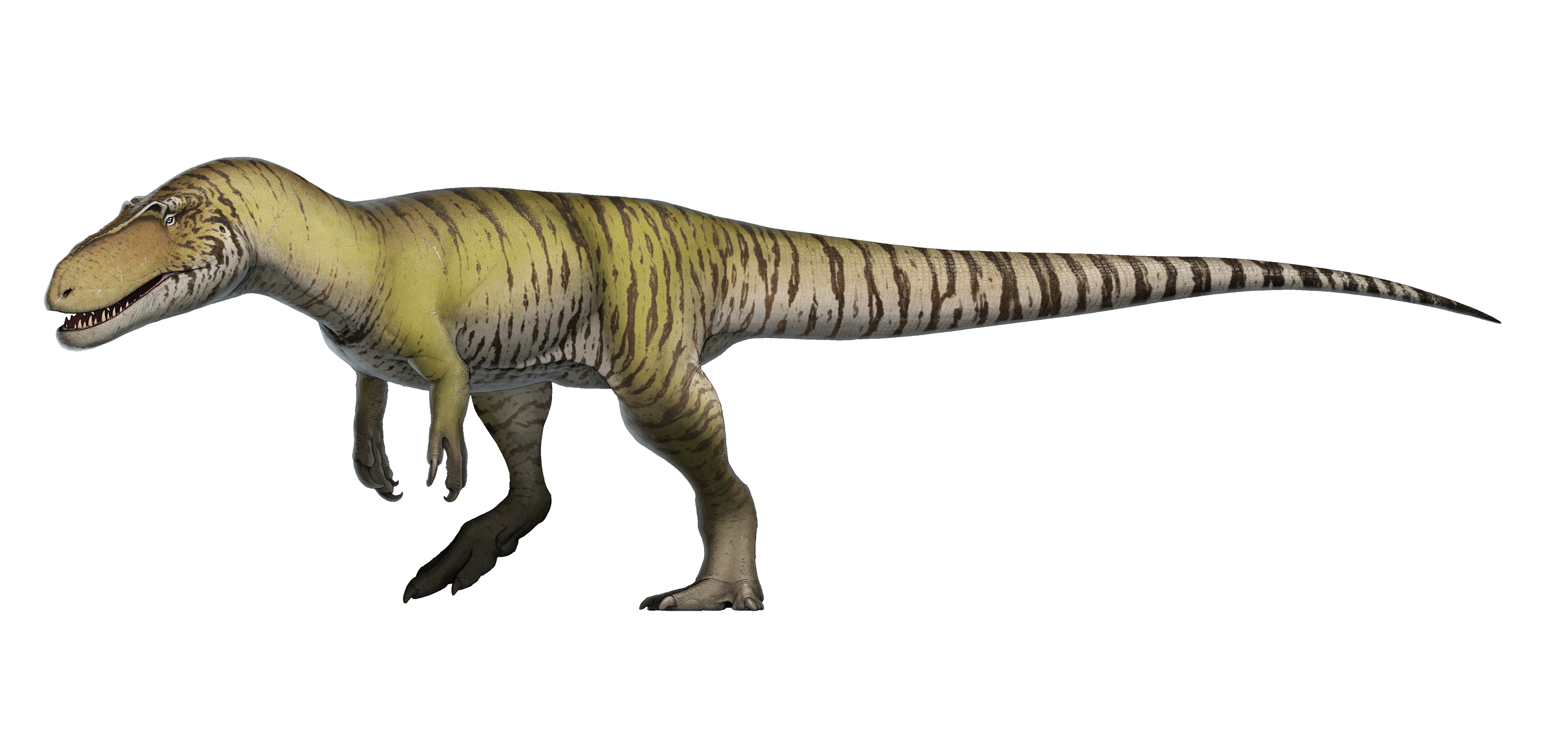
6. Stegosaurus
Classification: Herbivorous armored stegosaurid
Length: 6 – 7 meters ( feet)
Weight: 3.5 – 5.3 metric tons (3.9 – 5.8 short tons)
Temporal range: Late Jurassic, cca. 155 – 145 million years ago
Stegosaurus is the famous dinosaur with broad plates and tail spikes! Its osteoderms resembled those of modern crocodiles. They could be as large as 60 centimeters (23.6 inches)! These plates rose directly from the skin instead of being attached to the skeleton.
Another thing you may have already known about Stegosaurus is that it had a tiny skull, so it must’ve been pretty dumb, right?! Well, we can’t possibly know how dumb it was, but scientists have concluded that Stegosaurus likely led quite a simple lifestyle. Its brain was very small, so it probably never developed complex behaviors.
But it actually never even needed complex behaviors – after all, Stegosaurus was a peaceful dinosaur that roamed Portugal millions of years ago, looking for various plants to eat. Unlike carnivorous dinosaurs, who needed to evolve and adapt various hunting techniques based on available prey, herbivores were happy with what they had. Imagine a giant dinosaur with a bite force lower than that of a labrador – that’s Stegosaurus!
Stegosaurus likely fed on low-growing plants and moved in herds. Considering that its teeth were small and peg-shaped and the jaws could only move up and down, Stegosaurus probably couldn’t grind its food.
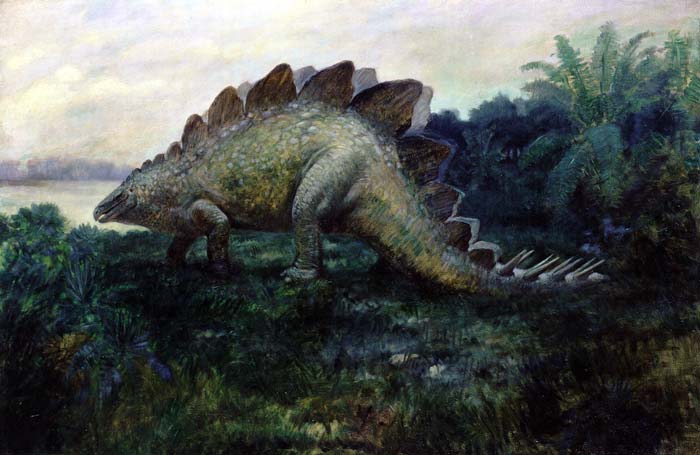
7. Dinheirosaurus
Classification: Diplodocid sauropod
Length: 20 – 25 meters (66 – 82 feet)
Weight: 8.8 metric tons (9.7 short tons)
Temporal range: Late Jurassic, cca. 149 million years ago
Dinheirosaurus was a herbivorous sauropod. Quite a large one, wasn’t it?! Just imagine a 25-meter giant roaming the Portugal of the Late Jurassic! But the thing is, paleontologists actually call it an average-sized diplodocid, so let’s not get ahead of ourselves by saying it was the biggest prehistoric creature ever discovered! (Argentinosaurus was actually twice the size of Dinheirosaurus!)
Like other sauropods, the Dinheirosaurus had a very long tail, a long neck, a relatively small skull, a wide torso, and relatively short limbs. It was a quadrupedal dinosaur that may have used its long tail like a bullwhip with supersonic speed.
The first Dinheirosaurus fossils were discovered in 1987. The specimen was later moved into Museu da Lourinhã. The species was named Dinheirosaurus lourinhanensis, commonly known as the Porto Dinheiro lizard from Lourinhã.

8. Zby
Classification: Herbivorous sauropod
Length: 18 – 19 meters (59 – 62 feet)
Weight: Unknown
Temporal range: Late Jurassic
Zby was yet another sauropod, although slightly smaller than Dinheirosaurus. It was only 19 meters long!
Unlike other dinosaur genera, Zby is relatively poorly known. The first fossils were described quite recently – in 2014 – based on a tooth, a cervical fragment, a forelimb, and a pectoral girdle.
Before having been named Zby, the specimen was thought to have belonged to the Turiasaurus riodevensis species, another large sauropod dinosaur discovered in Teruel, Spain.
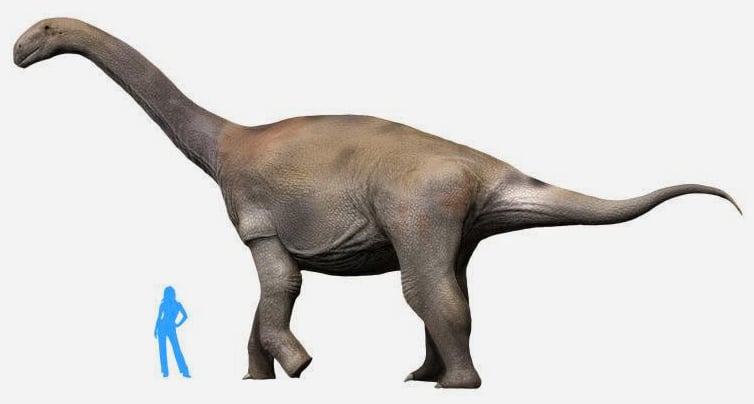
9. Miragaia
Classification: Stegosaurid dinosaur
Length: 6 – 6.5 meters (20 – 21 feet)
Weight: 2 metric tons (2.2 short tons)
Temporal range: Late Jurassic, cca. 150 million years ago
Miragaia is named, well, obviously, after Miragaia, a former civil parish in the municipality of Porto! It was a stegosaurid dinosaur, which means it was related to the Stegosaurus we mentioned above.
The genus is famous among paleontologists and dinosaur enthusiasts for having the longest neck among all stegosaurians. Just imagine that its neck alone had more than 17 vertebrae!
Like other stegosaurians, Miragaia had various plates that were probably arranged in pairs. Only one spike was discovered, thought to have been part of a tail arrangement. The holotype specimen (the specimen used to describe the species) was discovered in the Lourinha Formation and dates from 150 million years ago.
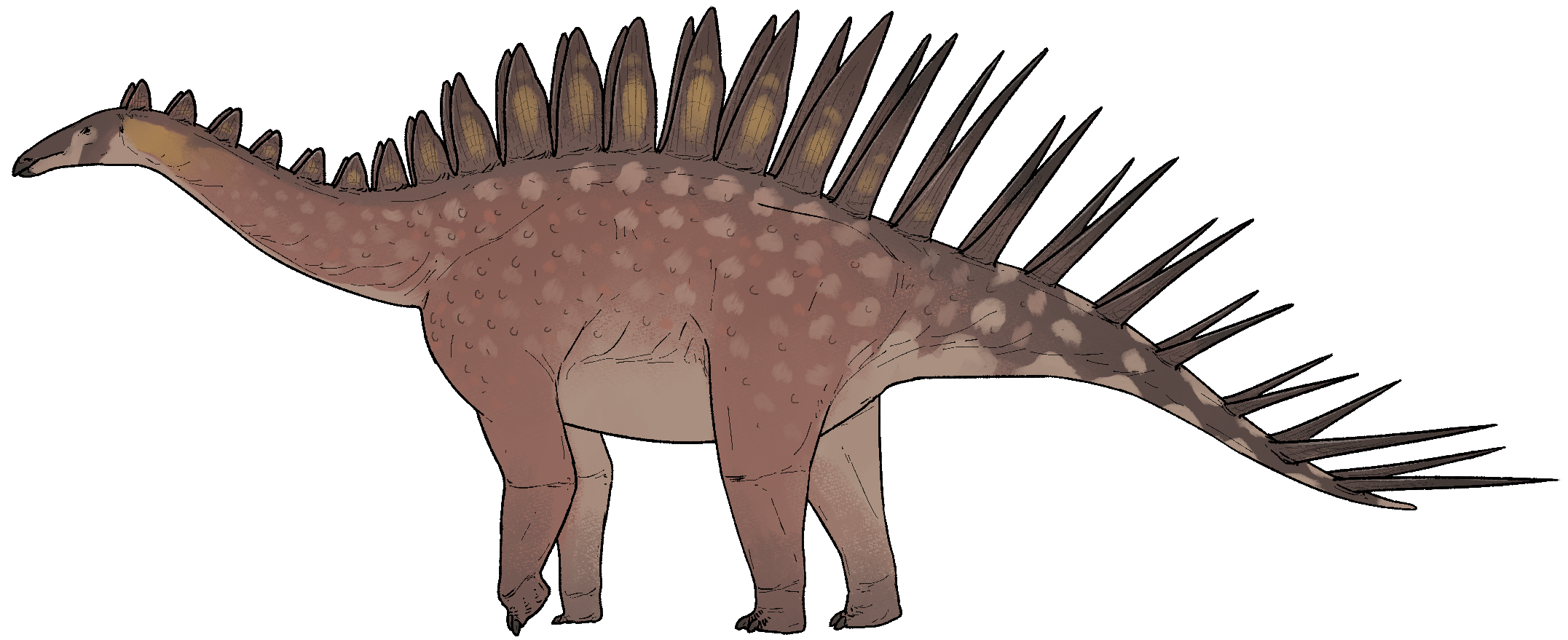
10. Camptosaurus
Classification: Herbivorous beaked dinosaur
Length: 6 – 7 meters (20 – 23 feet)
Weight: 750 – 900 kilograms (1,650 – 1,984 pounds)
Temporal range: Late Jurassic, cca. 156.3 – 146.8 million years ago
Camptosaurus, a herbivorous ornithischian, is famous for its beak used to crop foliage. It had very close teeth arranged along the jaws that were used in the feeding process. Camptosaurus is also renowned for being very heavily built and having short forelimbs. It had an elongated, triangular skull, an S-shaped neck, and a long tail.
This herbivorous dinosaur was probably quite fast, reaching a speed of up to 25 km/h (15.5 mph), so it may have been efficient in escaping predators. It walked on four limbs, with its body inclined forward since the forelimbs were shorter than the hindlimbs.
Camptosaurus fossils were recovered, among other places, from Torres Vedras in Portugal. Considering how many fossils were discovered in many parts of the world, paleontologists believe that this herbivorous dinosaur had a wide distribution, being very common in Europe and America.
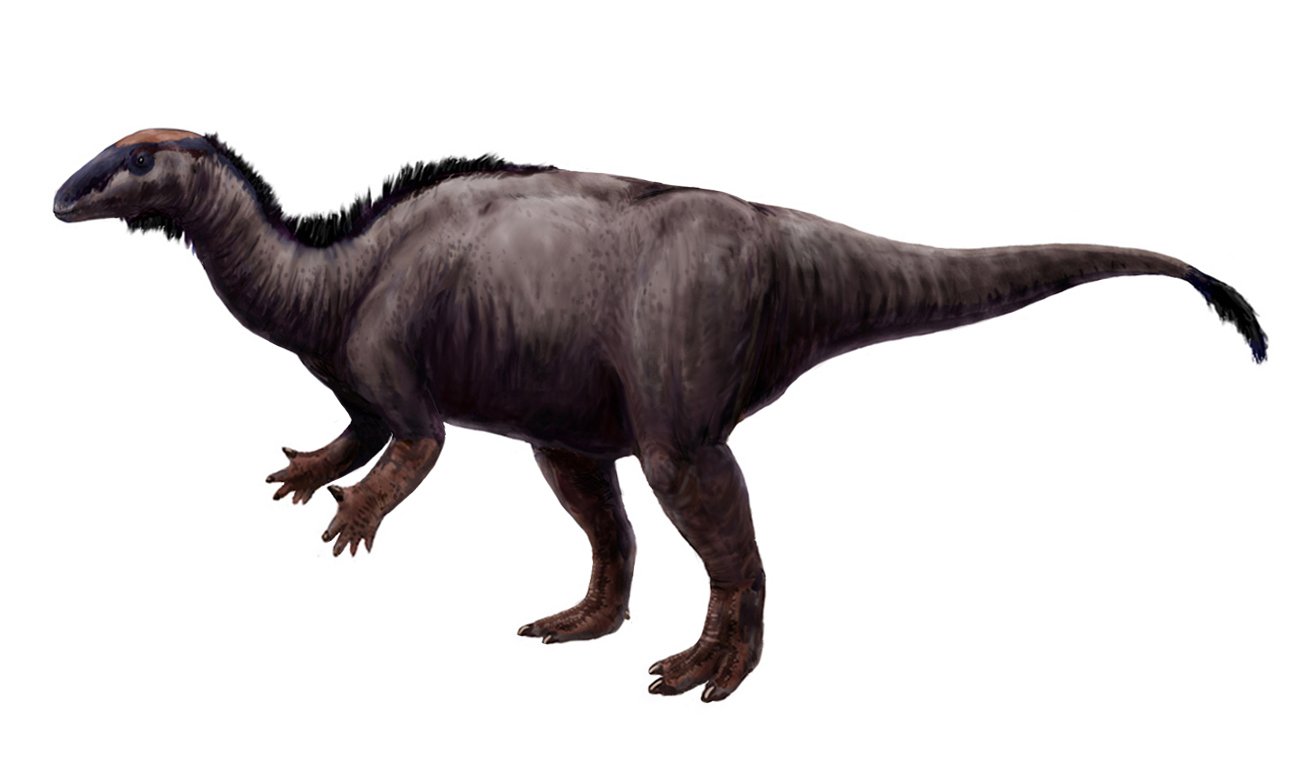
11. Iberospinus
Classification: Spinosaurid dinosaur
Length: 8 – 10 meters (26 – 33 feet)
Weight: 3 metric tons (3.3 short tons)
Temporal range: Early Cretaceous, 129.4 – 125 million years ago
We’ve left the Jurassic and arrived in the Early Cretaceous when Portugal was inhabited by Iberospinus, a spinosaurid dinosaur that may have had a semi-aquatic lifestyle. It was bipedal and had short forelimbs, a long tail, and possibly an elongated skull.
Iberospinus fossils were recovered from the Papo Seco Formation in Setubal, Portugal. They were deposited in marl, an earthy material indicating that, back then, the territory was a lagoon environment.
12. Suchosaurus
Classification: Spinosaurid dinosaur
Length: 10 meters (33 feet)
Weight: 1 – 4 metric tons (1.1 – 4.4 short tons)
Temporal range: Early Cretaceous, cca. 139.8 – 122.4 million years ago
Suchosaurus, also known as the crocodile lizard, was initially thought to have been a crocodile. Late discoveries, however, confirmed it was actually a carnivorous 10-meter-long dinosaur.
Paleontologists unearthed parts of a mandible and one tooth belonging to Suchosaurus in Papo Seco Formation in Portugal. Other fossils were recovered from southern England.
What Other Prehistoric Creatures Inhabited Portugal?
If you thought dinosaurs were the only prehistoric creatures that called Portugal home millions of years ago, we’re about to tell you otherwise! The geological formations in the country revealed many other interesting creatures. This territory witnessed the appearance and diversification of many mammals, birds, fishes, and crocodiles.
Keep reading to learn more about some other creatures that walked Portugal’s territory, swam in its waters, or flew over its vegetation!
1. Lusognathus
Classification: Pterosaur
Length: 60.8 centimeters (23.9 inches)
Wingspan: 3.5 meters (12 feet)
Temporal range: Late Jurassic, cca. 149 million years ago
We’re leaving dinosaurs behind and moving to other prehistoric creatures that inhabited Portugal millions of years ago – pterosaurs!
Lusognathus was a gnathosaurine pterosaur described based on fossilized teeth, upper jaw, and cervical vertebrae.
Scientific calculations revealed that it was one of the largest pterosaurs of the Jurassic period, having had a wingspan of roughly 3.6 meters (12 feet) and a foot length of 5.5 – 15 centimeters (2.2 – 5.9 inches).
Lusognathus had an elongated yet wide snout that was flattened vertically. At the front, the snout formed a spatula shape. Its teeth were not very close to each other, indicating that Lusognathus may have been a piscivore and used its snout to kill prey.
The holotype specimen was discovered in the Lourinhã Formation of Lisbon Region. Paleontologists found the fossils on the Praia do Caniçal.
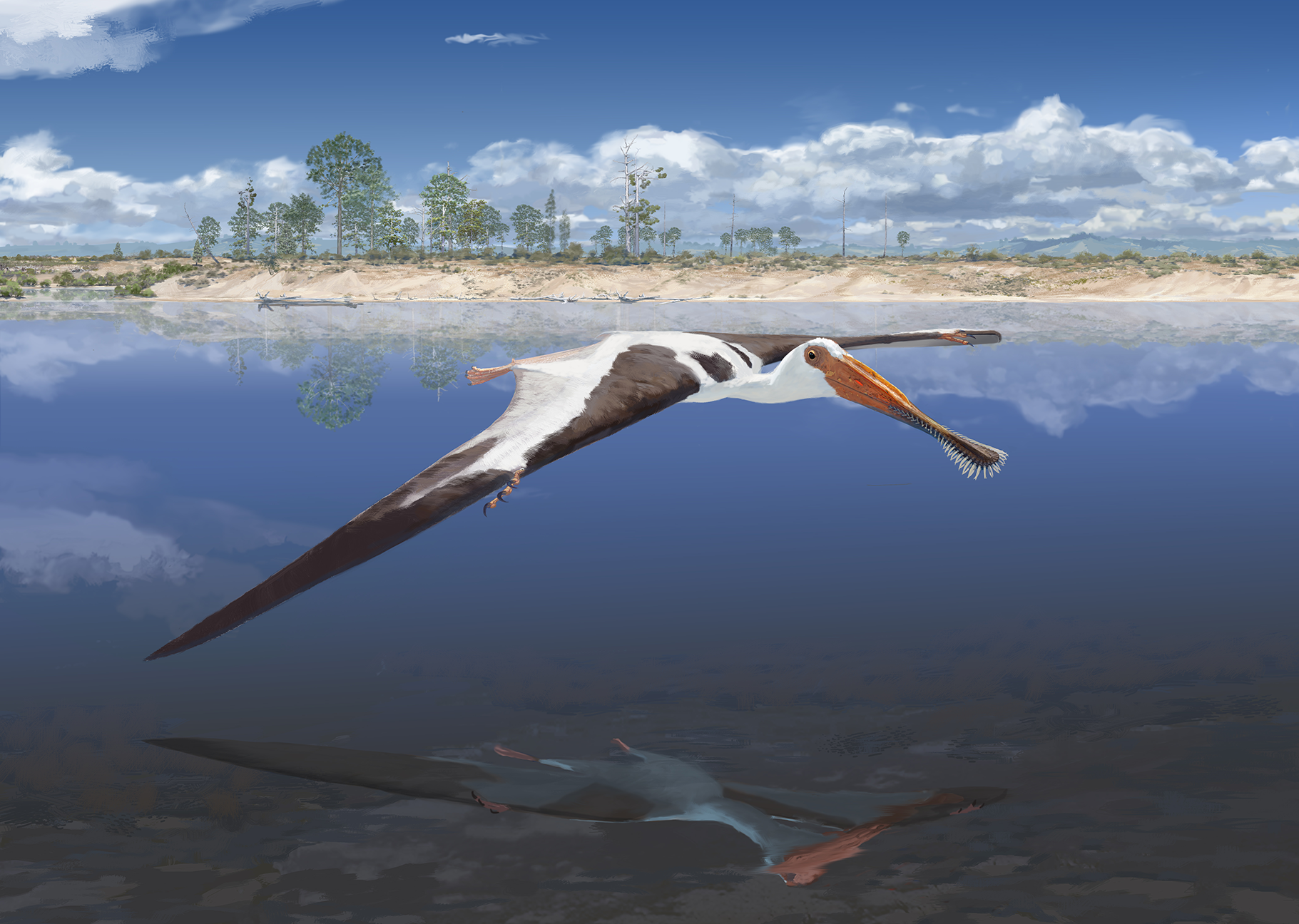
2. Haldanodon
Classification: Docodont mammaliaform
Temporal range: Late Jurassic, cca. 145 million years ago
Haldanodon was a mammaliaform with a mole-like appearance. It is part of the Docodonta order, being the first known member of this group.
It had a compact body with short, robust legs. Paleontologists believe it may have been a burrowing animal, possibly with a semi-aquatic lifestyle, similar to that of desmans. It is believed that Haldanodon fed on insects.
Haldanodon fossils were recovered from the Guimarota Formation in Portugal.
3. Crocodyliforms
Believe it or not, Portugal was once filled with crocodiles! Ophiussasuchus was one of them – a 3-meter long reptile with a long, wide snout, and a skull measuring 30 centimeters (12 inches) long.
Another crocodile living in prehistoric Portugal was Lusitanisuchus, which roamed through what we now call Leiria.
Goniopholis is another crocodile that coexisted with the dinosaurs we’ve mentioned above. It had a semi-aquatic lifestyle and likely caught prey by ambushing it.
Another famous crocodylomorph known from 400 specimens is Knoetschkesuchus. Its fossils were discovered close to Leiria. Unlike other crocodiles, however, Knoetschkesuchus was very small, measuring only 55 centimeters (22 inches) long.
Machimosaurus, on the other hand, was a giant compared to Knoetschkesuchus, since it could reach 7.15 meters (23.5 feet) long! Imagine that its skull alone was thrice as long as a Knoetschkesuchus! In fact, Machimosaurus was the largest crocodyliform of the Jurassic, and it lived across Europe – Portugal, England, Germany, France, and Switzerland.
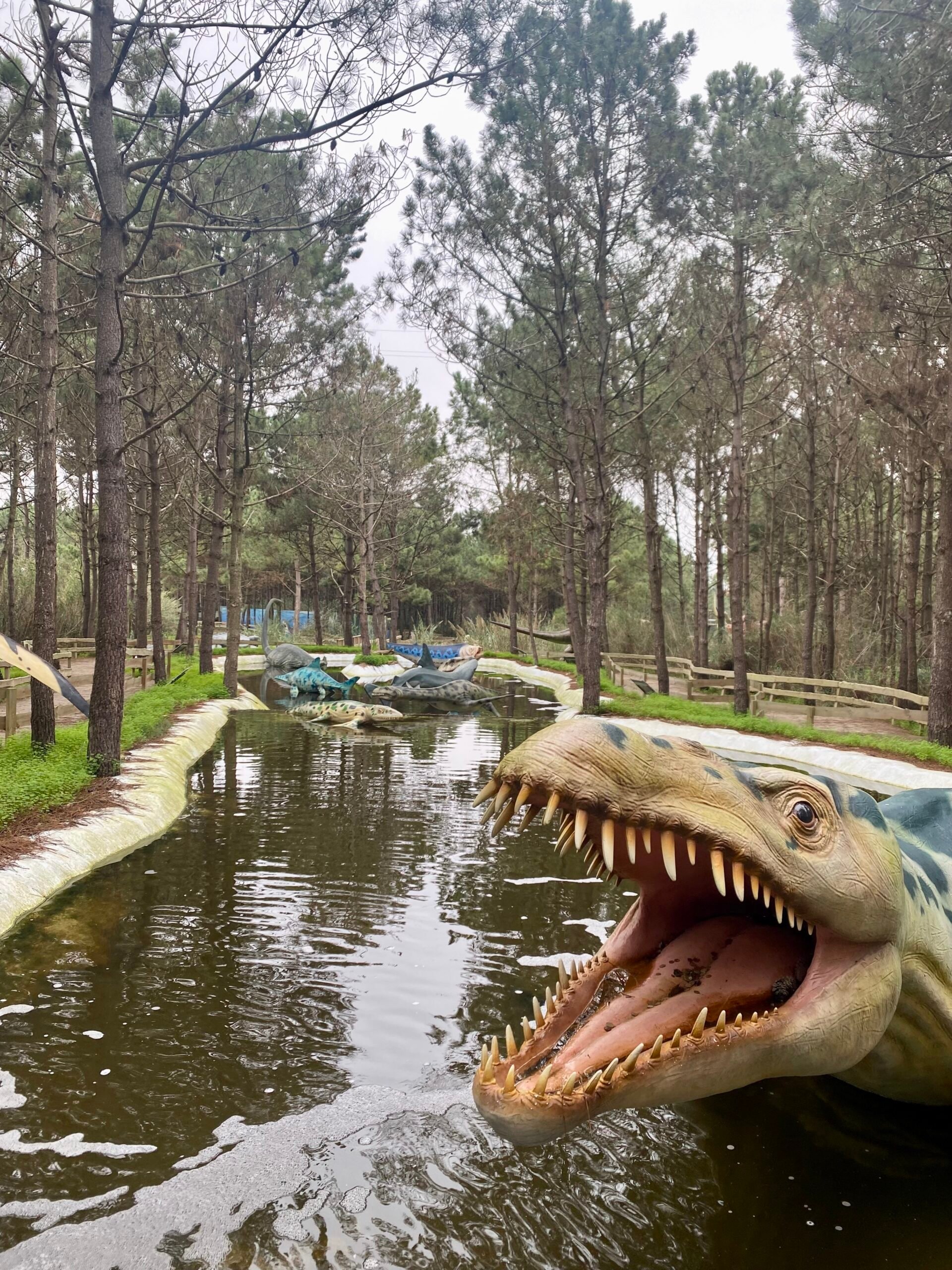
4. Marmoretta
Classification: Lepidosauromorph reptile
Length: 4 centimeters (1.6 inches)
Temporal range: Middle to Late Jurassic
Back in the Late Jurassic, Marmoretta, a reptile, was very common in Portugal. It was quite a small lizard-like creature, measuring only 4 centimeters (1.6 inches) long. It had big eyes and long external nares, or nostrils. Based on these characteristics, specialists believe it was closely related to the members of the Lepidosauria group, which contains modern snakes and lizards.
Marmoretta fossils were discovered not only in the Alcobaça Formation in Portugal but also in the Forest Marble Formation at Kirtlington, Oxfordshire.
Other reptiles similar to Marmoretta that inhabited Portugal include Becklesius, Dorsetisaurus, Saurillodon, and Portugalophis.

5. Mondegodon
Classification: Mesonychian (ungulate)
Temporal range: Early Eocene
Mondegodon was a carnivorous ungulate. Basically, a wolf-like creature with relatively thick legs that ran with a stiff back like modern ungulates. Paleontologists argue that they did not resemble any living creature.
Its fossils were recovered from the Silveirinha Formation in central-western Portugal. The name of the genus comes from Baixo Mondego, the region where the formation is located.
Unlike other creatures described in this article, Mondegodon roamed Portugal during the Early Eocene, meaning approximately 56 million years ago, when many modern mammals appeared and diversified.
6. Diacodexis
Classification: Herbivorous mammal, an even-toed ungulate
Length: 50 centimeters (1.6 feet)
Temporal range: Early Eocene, cca. 55-46 million years ago
Diacodexis was a small herbivorous mammal. In fact, it is the oldest known even-toed ungulate, meaning it’s an ancestor of modern ungulates like hippopotamuses, antelopes, deer, and giraffes.
Back then, these even-toed ungulates were much smaller, measuring only 50 centimeters (1.6 feet) long. They had thin, long legs, indicating that they likely ran quite fast and could easily escape predators. Specialists suggest that these creatures resembled duikers.
Diacodexis fossils were recovered from Europe, North America, and Pakistan.


